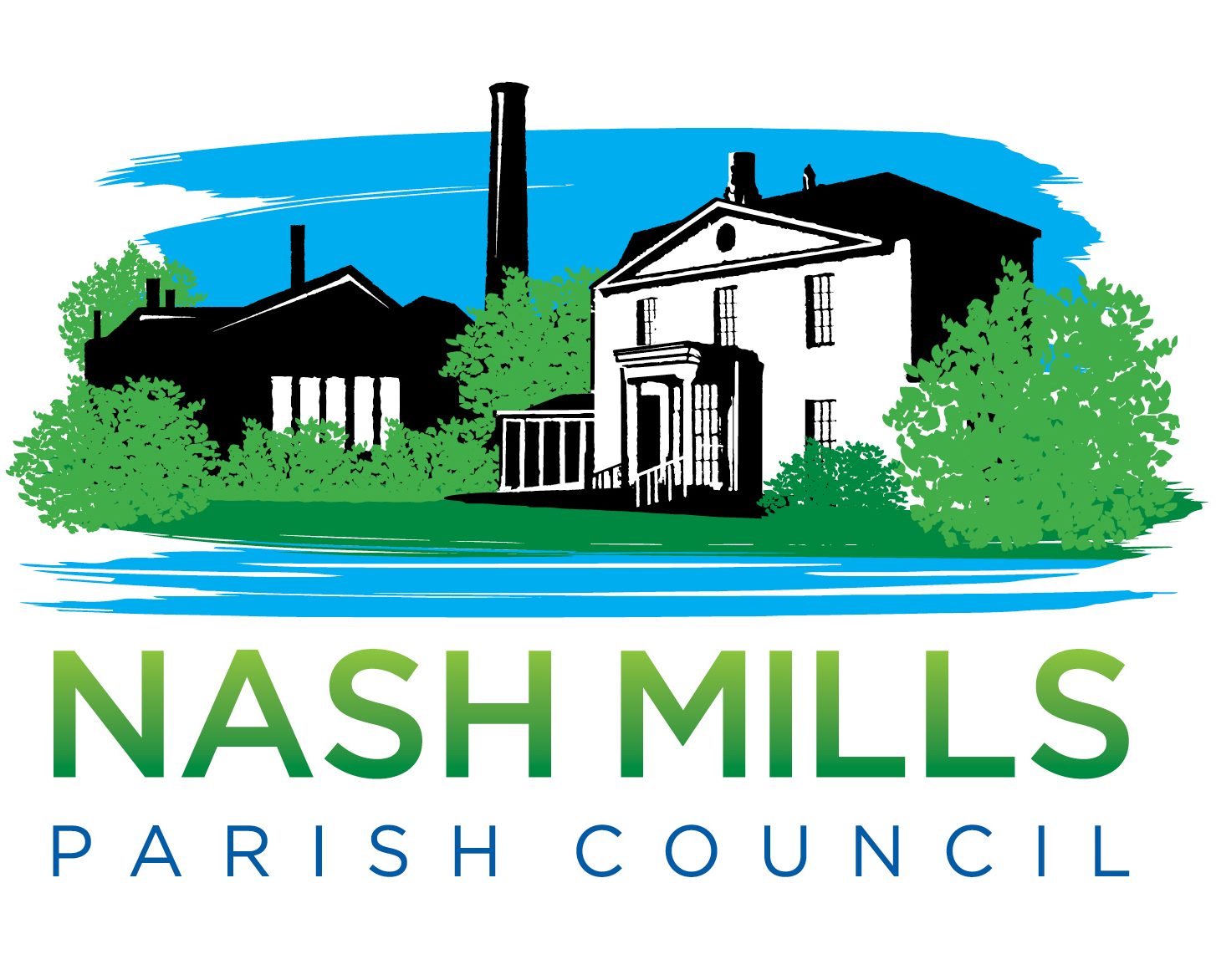Local History
Nash Mills from the Earliest Times
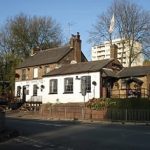
From the earliest times nature and natural events governed people’s lives. A document of 1560 for ‘Hemelehempstede’ describing the bounds of the manor refers to ‘A Greate Willough Tree by the Riverside upon the Boarders of Kings Langley’ as a turning point. This reliance on natural markers could be why Apsley and Nash may have derived from the names of the Aspen and Ash trees. Certainly the river provided many types of edible fish, waterbirds and eels for a regular source of food. The valley itself was flat and marshy with a trackway on either side where the ground was firm alongside which a settlement may have developed near a possible crossing by a Roman, or earlier, route which is believed to have passed through the grounds of Abbots Hill before crossing the river to climb the opposite hillside by way of Rucklers Lane. An essential item in any small community was an ale house and The Three Tuns has satisfied this need for at least 250 years; The George fulfilled a similar long function until its recent demolition although that building only carried the name of the earlier public house.

The river would have been quite shallow but free flowing over a firm gravel bed; fords were normal crossing points. When the first corn watermills were erected the nature of the valley began to change as rivers were controlled to concentrate their power. Across the country there were more than 3,000 mills by the time of the Domesday Survey of 1086. The local mills were probably built by the monks of St Albans Abbey who would have banked up the sides of the river upstream and dug the bed out a little downstream to gain sufficient head of water to drive a waterwheel. This artificial deepening tended to restrict the available crossing places to the mill site or immediately downstream of the mill; a condition which persisted until the arrival of the canal in the late 1790’s after which bridges were essential.
Red Lion Lane has followed its present course only since 1818 when its line was altered by John Dickinson, then living at Nash Mills House. He found the existing route inconvenient because the road passed through the mill and at the back of his house to a crossroads with Bunkers Lane. Ironically it was the previous mill owner, Griffith Jones, who in 1796 had chosen this route instead of the earliest known one which again passed through the mill site to a junction with Belswains Lane opposite the Three Tuns public house. The evidence for this lies in the magistrates records at County Hall with accompanying plans showing that people would have travelled along the river bed for about 200 yards to progress from one bank to the other.
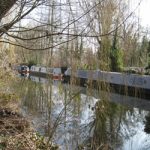
When the canal was built its route ran from approximately where Ebberns Road is today. It crossed Belswains Lane near to Oliver Rise before passing behind the Three Tuns. It then continued at this higher level until reaching a flight of four locks shortly before descending to rejoin the level of the River Gade about where the railway bridge crosses the canal today. The construction of the canal created a barrier to crossing the valley so that bridges were required except for the intrepid people on foot who could also cross by means of the lock gates. The earliest route for the railway would have run along Belswains Lane but the plans were altered before this happened. The canal interfered with the water supply to the mill wheels so that John Dickinson obtained an injunction forcing the canal owners to divert it to its present route. Little can be seen of the original canal course.
Agriculture provided the focus for village life for centuries with the farms behind Nash Mill, Bleak Hill (now Abbot’s Hill) and of High Barns as well as others further up the hillside. The corn mill of Nash Mill would have continued to turn the wheat into flour so that when the water mill and mill house known as Nash Mill was sold to William Kentish for £550 in 1624 together with all associated ‘ponds, land and outbuildings … stones, bins and going gears’ this was clearly an active corn mill. But by 1768 it had been altered to make paper. Although England’s first paper mill had opened at Hertford towards the end of the fifteenth century it only lasted a few years. When the demand for paper had grown it was the River Wye running from High Wycombe to the Thames where paper was first made in the Chilterns. Nash Mill was the first mill on the Gade to be converted to papermaking, which we believe to have been before 1768 when Zacharia House is recorded as ‘a papermaker of Nash Mill’.
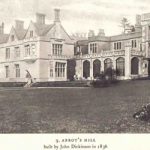
In 1769 William Blackwell took over insuring the utensils and stock in his paper mill but by 1777 he must have died as it was his wife Ann Blackwell who was described as a papermaker in the insurance registers. In 1796 she had been joined by Griffith Jones esq. as the insurances were then in his name. It would seem that this was a partnership as proved by paper moulds bearing both names in the watermarks. Anne Blackwell disappears from our view after 1803 when Griffith Jones name appears alone and it is he who sold the mill to John Dickinson in 1811. It is probable that it was Jones who extended the earlier mill house and erected the portico-ed building that remains today and is planned to be central to the redeveloped site in due course. The rebuilding may have been at about the same time as Jones applied to the County magistrates in 1793 to reroute Red Lion Lane. He would seem to have put quite a lot of money into the mill as a visitors diary of 1796 states that he saw the ‘complete new mill lately built — on which great pains and expense have been bestowed’.
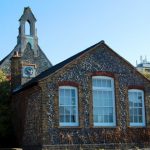
John Dickinson’s arrival at Apsley and Nash Mill in 1811 brought a flurry of activity with the new buildings required for his recently invented process for making paper continuously by machine instead of by hand with individual sheets. Suddenly there was abundant employment for men in the mills, their women-folk too had employment sorting the rags used as raw material as well as in packing the finished sheets. Their children too had work in the mill, minding machines and sorting rags. On Sundays there was a special class for them in one of the salles as the workshops were called; in due course the education became more formalised after John Dickinson established Nash Mills School. This was not possible until he had become very prosperous after having built two new mills at Home Park, Kings Langley and Croxley. As a prosperous man the former home at Nash Mills House was too restrictive so he built himself a new house on the site of a farm which he called Abbott’s Hill.
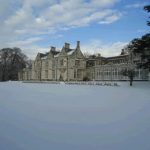
Little remains to be seen from those early years apart from the School, The Three Tuns with the cottages opposite and the group of houses clustering around the bottom of Bunkers Lane. Abbot’s Hill School in the house built by John Dickinson in about 1837 sits above the village and within the present construction site sits Nash Mills House, presently cocooned behind scaffolding together with a small cottage near the beautifully recreated war memorial garden with the names of those men of the mills who gave their lives in two world wars.

